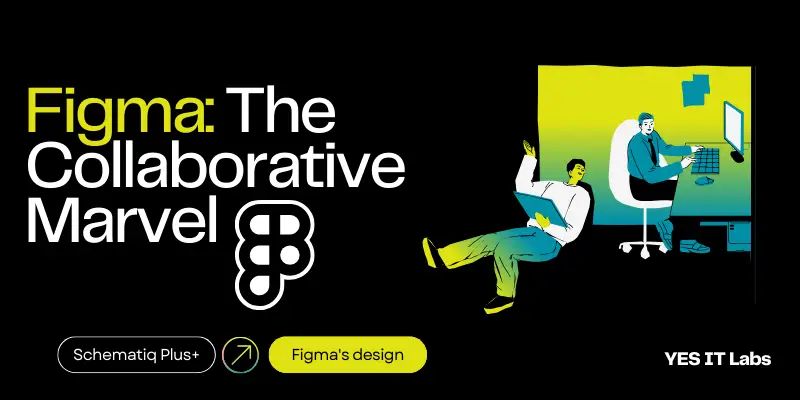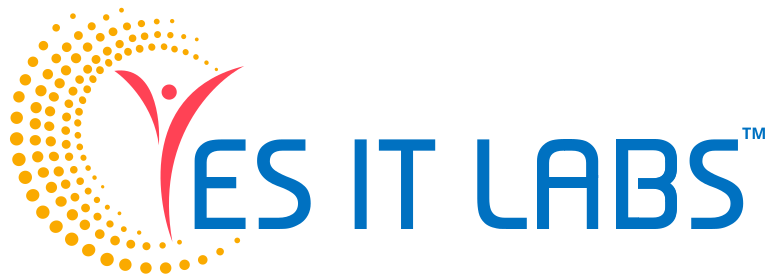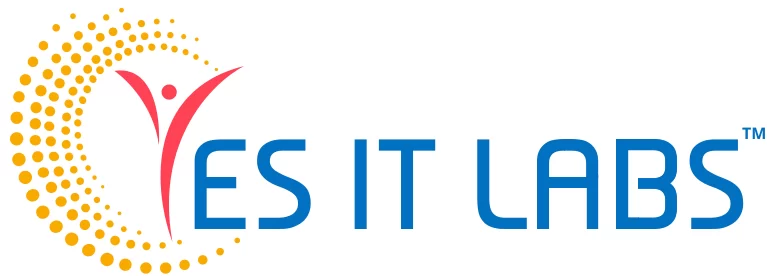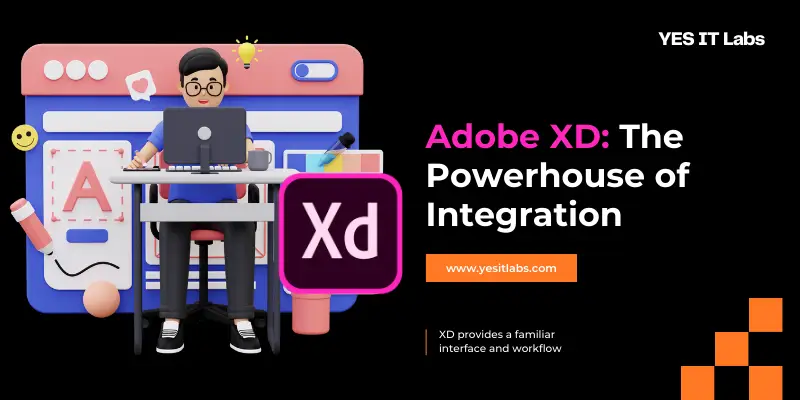Introduction
Embarking on a design journey requires the right set of tools, and choosing between Figma vs Adobe XD is often a pivotal decision. These two design behemoths have been dominating the digital design space, each offering unique features and capabilities. In this blog post, we’ll unravel the mysteries surrounding Figma vs Adobe XD, guiding you through the process from sketch to prototype.
Understanding the Basics
Before diving into the specifics, let’s establish the fundamentals. Figma vs Adobe XD are both cloud-based design tools, allowing designers to create and collaborate seamlessly. Gone are the days of cumbersome file transfers and version control issues – welcome to the era of real-time collaboration. If you are looking to enhance your design capabilities, consider hiring a web design developer to leverage the full potential of these tools and ensure a smooth workflow.

Figma: The Collaborative Marvel
Figma has gained immense popularity for its collaborative prowess. Imagine working on a design project with your team, where everyone can simultaneously edit and contribute in real time. Figma’s cloud-based nature eliminates the need for constant file sharing, fostering a truly collaborative design process. From wireframing to high-fidelity prototypes, Figma ensures a smooth and integrated workflow.
The platform’s versatility is noteworthy. Designers can seamlessly transition from sketching ideas to creating intricate user interfaces without switching tools. The ability to share prototypes with stakeholders for feedback and comments makes Figma an indispensable tool in the modern design arsenal.
Designing in Figma:
Figma’s design interface is clean and intuitive, offering a wide range of tools for creating and editing vector graphics. The ability to create components and design systems enhances efficiency, ensuring consistency across different screens and states. Figma’s auto-layout feature simplifies the responsive design process, automatically adjusting elements based on the content within them.
One of Figma’s standout features is its extensive library of plugins. These plugins extend the tool’s functionality, offering everything from stock photo integration to accessibility testing. Figma’s commitment to an open ecosystem allows third-party developers to contribute, expanding the tool’s capabilities organically.
Prototyping in Figma:
Moving from design to prototype is seamless in Figma. The prototype mode enables designers to create interactive and animated transitions between artboards, providing a realistic preview of the user experience. Figma’s smart animate feature adds a layer of sophistication to transitions, making your prototypes more dynamic and engaging.
The real-time collaboration aspect extends to the prototyping phase as well. Teams can review and provide feedback on the interactive prototypes, streamlining the iterative design process.
Adobe XD: The Powerhouse of Integration
Adobe XD, on the other hand, stands out with its seamless integration within the Adobe Creative Cloud ecosystem. If you’re already immersed in the Adobe universe with tools like Photoshop and Illustrator, XD seamlessly complements your workflow. The familiar interface and integration of assets across Adobe applications make transitioning to XD a breeze for Adobe loyalists.
XD excels in rapid prototyping, allowing designers to create interactive prototypes effortlessly. The Auto-Animate feature brings designs to life with smooth transitions, providing a dynamic preview of the user experience. With XD’s extensive plugin library, designers can augment their capabilities, integrating additional features and functionalities.
Designing in Adobe XD:
Adobe XD’s design interface maintains the simplicity and familiarity found in other Adobe products. The artboard system simplifies the organization of design elements, and the repeat grid feature facilitates the rapid creation of repetitive elements, such as lists or grids.
XD’s integration with Adobe Fonts and Adobe Stock streamlines the design process, providing designers with a vast library of typefaces and high-quality images directly within the application. This integration ensures a cohesive design experience throughout the entire Adobe ecosystem.
Prototyping in Adobe XD:
Adobe XD excels in creating interactive prototypes with its intuitive prototyping tools. The drag-and-drop interface allows designers to link artboards, define interactions, and create transitions effortlessly. XD’s prototype preview mode enables designers to test the user experience before sharing the prototype with stakeholders or clients.
XD also offers a unique feature called “Auto-Animate,” which automatically generates smooth transitions based on changes between artboards. This feature enhances the visual appeal of prototypes and brings designs to life with minimal effort.
Feature Face-Off
Now, let’s delve into a feature-by-feature comparison to better understand the strengths of each tool.
1. Interface Design:
Figma’s interface design capabilities are robust, enabling designers to create pixel-perfect layouts with ease. The shared components feature allows for consistent design elements throughout the project. Adobe XD, on the other hand, leverages its integration with Illustrator and Photoshop to provide a seamless experience for creating vector-based designs.
Winner: Tie – Figma for collaboration, Adobe XD for Adobe users.
2. Prototyping:
When it comes to prototyping, both Figma and Adobe XD shine. Figma’s interactive components and auto-layout features make creating prototypes a breeze, while Adobe XD’s Auto-Animate feature adds a layer of dynamism to the user experience. The choice between the two may come down to personal preference and the specific requirements of the project.
Winner: Tie – Depends on personal preference and project requirements.
3. Collaboration:
Figma takes the lead in the collaboration department with its real-time editing capabilities. The ability to work concurrently with team members eliminates version control issues and accelerates the design process. Adobe XD, while offering collaboration features, doesn’t match the real-time synergy that Figma provides.
Winner: Figma for real-time collaboration.
4. Plugins and Integrations:
Adobe XD’s integration with the Adobe Creative Cloud ecosystem gives it a distinct advantage. The seamless exchange of assets between Adobe applications and the extensive plugin library enhance XD’s capabilities. Figma, while not lagging behind, might require third-party integrations for certain functionalities.
Winner: Adobe XD for Adobe users, Figma for a broader range of integrations.
Conclusion
In the world of digital design, Figma vs Adobe XD are two titans battling for supremacy. The choice between the two depends on your specific needs, preferences, and the nature of your projects. If real-time collaboration and versatility are your priorities, Figma might be the ideal fit. On the other hand, if you’re deeply entrenched in the Adobe ecosystem and value seamless integration, Adobe XD could be your go-to tool.
Whether you’re looking to sketch wireframes or craft intricate prototypes, having the right tools is crucial. If you’re ready to elevate your design process, consider hire UI/UX Developer. With their expertise, they can navigate the intricacies of Figma vs Adobe XD, ensuring that your projects not only meet but exceed expectations.
Ultimately, the competition between Figma and Adobe XD is a win-win for designers. Both tools continue to evolve, introducing innovative features and improvements that elevate the design process. Whether you’re sketching wireframes or crafting intricate prototypes, the journey from sketch to prototype has never been more exciting. So, pick your tool, unleash your creativity, and let the design magic unfold. Happy designing!








